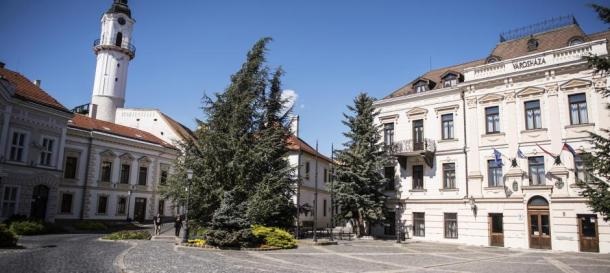Introduction
Cultural and creative cities are urban centers that prioritize and foster cultural activities, artistic expressions, and creative industries. These cities are vibrant hubs of innovation and cultural exchange, playing a pivotal role in shaping the social, economic, and cultural landscapes of modern civilization.
By nurturing creativity and celebrating cultural diversity, these cities contribute significantly to the overall well-being and development of their inhabitants. This essay explores the characteristics, benefits, and challenges of cultural and creative cities, highlighting their importance in contemporary society.

Characteristics of Cultural and Creative Cities
- Diverse Cultural Heritage
Cultural and creative cities boast a rich tapestry of cultural heritage, reflecting the histories, traditions, and identities of their diverse populations. They are home to numerous cultural institutions such as museums, galleries, theaters, and libraries, which serve as custodians of cultural memory and conduits for cultural education. - Support for the Arts and Creative Industries
These cities provide a nurturing environment for the arts and creative industries, including music, film, fashion, design, literature, and digital media. They offer spaces for artists and creatives to work, collaborate, and showcase their talents. Festivals, exhibitions, and public art installations are common features, bringing art and creativity into the public sphere. - Inclusive and Open-Minded Communities
Cultural and creative cities are characterized by their inclusive and open-minded communities that embrace diversity and encourage cross-cultural interactions. This inclusivity fosters a sense of belonging and social cohesion, as people from different backgrounds come together to share their experiences and perspectives. - Innovative Urban Planning and Design
These cities often incorporate innovative urban planning and design principles that prioritize sustainability, accessibility, and aesthetic appeal. Public spaces are designed to be functional and inviting, encouraging community engagement and cultural activities. Green spaces, pedestrian-friendly zones, and mixed-use developments contribute to the overall quality of life.
Benefits of Cultural and Creative Cities
- Economic Growth and Employment
The cultural and creative sectors are significant drivers of economic growth, generating revenue and creating jobs. Creative industries contribute to the diversification of the economy, attracting investment and tourism. The presence of a vibrant cultural scene can also enhance the city’s global reputation and competitiveness. - Social Cohesion and Community Building
Cultural activities and creative projects bring people together, fostering social cohesion and community building. They provide platforms for dialogue and understanding, helping to bridge social divides and promote inclusivity. Cultural and creative cities are often characterized by their strong sense of community and civic pride. - Enhanced Quality of Life
Access to cultural experiences and creative opportunities enriches the lives of residents, contributing to their overall well-being and happiness. Cultural and creative cities offer a high quality of life, with abundant opportunities for leisure, entertainment, and personal development. The aesthetic and cultural vibrancy of these cities enhances their appeal as places to live and work. - Innovation and Knowledge Exchange
Cultural and creative cities are hotbeds of innovation and knowledge exchange. They attract talent and foster collaboration across disciplines, leading to new ideas and solutions. The interplay between culture, creativity, and technology can drive advancements in various fields, from urban development to social policy.
Challenges and Solutions
- Gentrification and Displacement
One of the significant challenges facing cultural and creative cities is gentrification, which can lead to the displacement of long-standing communities and the erosion of cultural diversity. To address this, cities can implement policies that promote affordable housing, support local businesses, and protect cultural heritage sites. - Sustainability and Environmental Impact
Balancing cultural and creative development with sustainability is crucial. Cities must adopt environmentally friendly practices and design principles that minimize their ecological footprint. This includes investing in green infrastructure, promoting public transportation, and supporting sustainable creative practices. - Equitable Access to Cultural Resources
Ensuring equitable access to cultural resources and opportunities is essential for fostering inclusivity. Cities can achieve this by providing funding and support for community-based cultural initiatives, expanding access to arts education, and creating inclusive public spaces that are accessible to all residents. - Support for Emerging Artists and Creatives
Supporting emerging artists and creatives is vital for the continuous growth of the cultural and creative sectors. Cities can offer grants, residencies, and mentorship programs to help budding talent thrive. Establishing networks and platforms for collaboration and exposure can also aid in the development of emerging creatives.
Conclusion
Cultural and creative cities play a crucial role in shaping the social, economic, and cultural fabric of contemporary society. By fostering creativity, celebrating diversity, and prioritizing inclusivity, these cities contribute to the well-being and development of their inhabitants. While challenges such as gentrification, sustainability, and equitable access must be addressed, the benefits of cultural and creative cities far outweigh the obstacles. As hubs of innovation, community, and cultural exchange, these cities embody the dynamic and evolving nature of modern civilization, offering a blueprint for the cities of the future.



